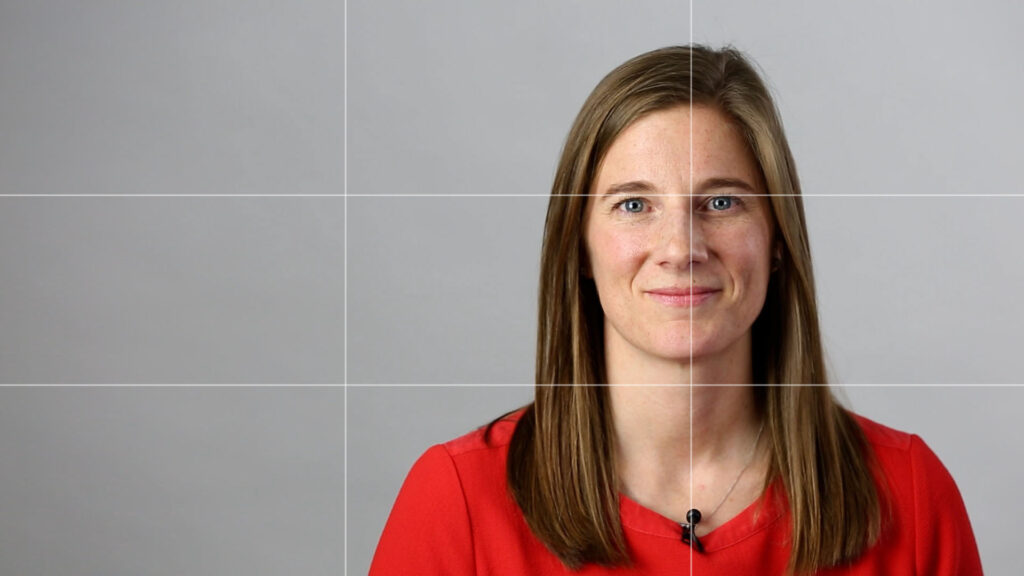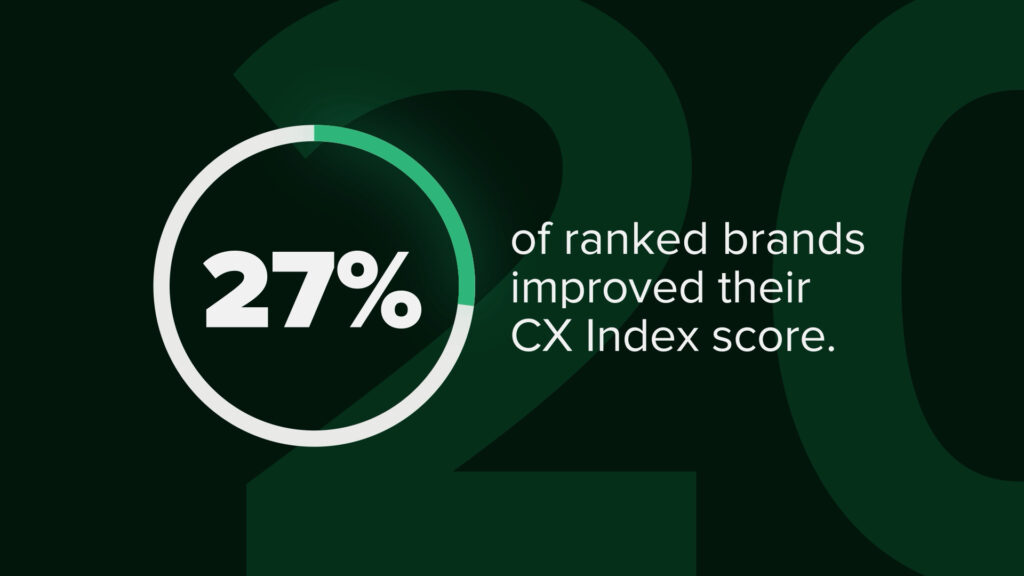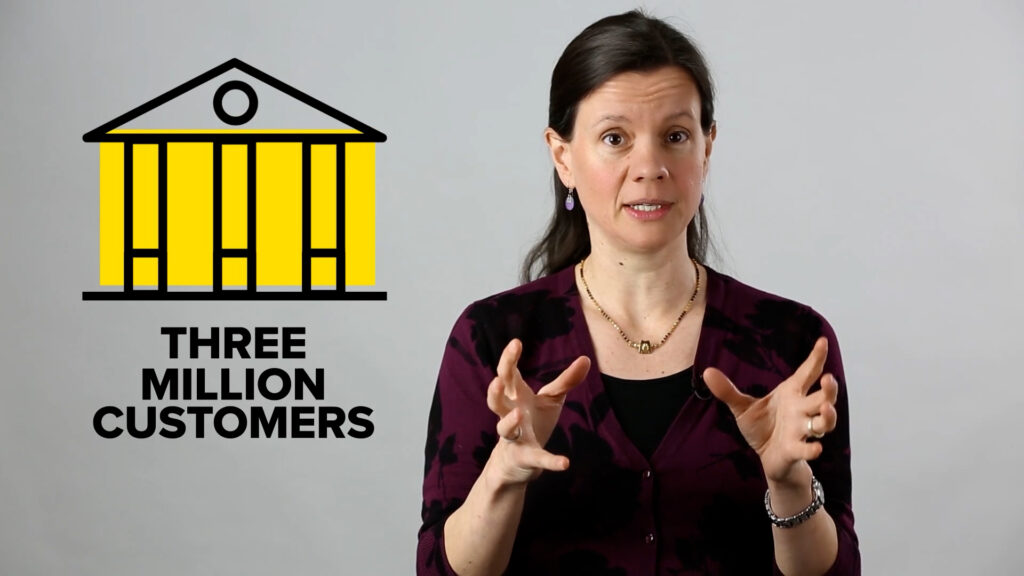Video
Engaging audiences through visual storytelling
Our videos highlight our best assets as a company: intelligent people discussing complex topics with confidence.
Capturing quality video
Composition
Video composition impacts how easily viewers can visually follow the narrative. Poorly composed video will distract the audience, and they will likely disengage. A straightforward guide for framing is the rule of thirds. Imagine the screen is divided into a 3×3 grid. The subject should be placed on the intersecting lines of either the left and middle boxes or the middle and right boxes.

Lighting
Well-lit video captures — and keeps — viewers’ attention, creates the mood, and makes the content easier to understand. To provide the best lighting, use natural daylight from windows or lights. Avoid “hard” light, which creates harsh shadows. Instead, use “soft” light, which is indirect and diffused and will evenly light the subject.
Sound
While video is a visual medium, quality sound is imperative. In fact, audio quality matters more than visual quality when it comes to delivering an effective message to the audience. When recording, always use an external microphone (never the built-in one on a computer), be in a quiet space without an echo, and place the microphone as close to the subject as possible. These are the minimum requirements for capturing quality audio.
Consistent branding in video
Logo usage
To inform viewers that they are engaging with Forrester, our videos can open and or close with a logo build that uses a distinct audible component. The build is clean and concise, setting the tone for the proceeding content.
Branded elements
In-frame text such as lower thirds and supporting story details should be composed in the frame with an eye toward contrast and accessibility.


Video styles for every story

Direct-to-camera
Direct-to-camera videos are focused on framing a person speaking directly to the audience or to an off-camera interviewer. This style of video can be used for a wide variety of storytelling, including short promotions for upcoming events or longer video blogs for presenting research findings.

Mixed-media video
Graphics can bring additional narrative support to direct-to-camera video footage. The combination of a speaker addressing an issue and cutaways to charts or figures that illustrate and support the narrative is a strong tool for explaining complex information.

Animated video
Animation can quickly and effectively share information about abstract ideas. By focusing solely on animated graphics, ideas can be presented completely and concisely and in a way that is more relatable.